Carbon fiber composites are composed of two parts: the reinforcement phase and the matrix phase. The matrix phase plays the role of transferring stress. It is generally metal, ceramic, resin polymer, etc. In most cases, carbon fiber composites mainly use thermosetting epoxy resin as the matrix. The reinforcement phase has the form of continuous fiber, long fiber (<30mm), short fiber (<6mm), whisker (micro-nano level), etc. Its main function is to bear the load. In most cases, continuous fiber is used. The continuous fiber is in the form of a whole fiber. Among all carbon fiber composites, the mechanical properties of composites using continuous fiber reinforced epoxy resin are the highest. For example, the unidirectional tensile strength of ordinary grade T300 carbon fiber composite is about 1700MPa, which is widely used in load-bearing structural parts in military industry, aerospace and other fields.
At present, the carbon fiber composites on the market are mainly made of carbon fiber prepreg. The prepreg is to arrange the carbon fibers in the same direction first, and then use the resin impregnation method to convert the carbon fibers into sheets. Long fiber or short fiber refers to the process of chopping continuous carbon fiber into short filaments of a certain length, and then mixing the short fiber into resin or thermoplastic plastic (CFRTP) according to a certain ratio, and forming an effective bond between the fiber and the matrix resin through some process methods, so as to synthesize thermoplastic carbon fiber composite materials.

Depending on the different forms of carbon fiber and the properties of the matrix material, the performance of carbon fiber composite materials is also very different. Its production process is determined by the fiber morphology and resin type. You can choose different methods such as hand lay-up, winding, vacuum bag autoclave, reaction injection molding, resin transfer molding, CFRTP pellet injection molding to synthesize carbon fiber composite products.
Continuous carbon fiber reinforced epoxy resin composite materials are mainly produced by molding, hand lay-up, winding, and vacuum bag autoclave methods. For example, the general operation process of hand lay-up is to put release paper on the mold first, apply gel coat, cut the reinforcement material into the shape required by the design, lay it neatly, and then apply the prepared resin; use manual rollers to drive away bubbles, and finally solidify and form. The hand lay-up method is a manual operation method developed on the basis of FRP molding technology.

Winding method Winding method is widely used in the manufacture of high-quality pipe pressure vessels and various shells. It mainly uses CNC winding machines to operate continuous carbon fibers on the core mold. The winding method can be divided into two categories: wet winding and dry winding. Wet winding is to first impregnate the fiber with a prepared resin solution at the production site, and then wind it. Dry winding is to use B-stage prepreg yarn for winding. Generally, the winding pattern is designed according to the performance requirements of the product. Winding molding is a widely used molding method, which is also only suitable for composite materials with thermosetting resin as the matrix.
CFRTP pellet injection molding generally belongs to the plastic modification industry, which is to disperse carbon fiber powder into thermoplastic plastics, such as PP, PC, PA, PEEK, etc. The proportion of carbon fiber powder is about 5%-30%, which can improve the mechanical properties of plastics. Because of its simple process, convenient production, low cost, and strength that generally does not exceed 150MPa depending on the plastic, it has been widely used in various industrial instruments and electrical housings.
Therefore, the carbon fiber has different forms and production processes, and its final mechanical properties are also quite different. The strength of continuous carbon fiber composite materials produced by the compression molding method is about ten times that of injection molding.
发送反馈
侧边栏
历史记录
已保存
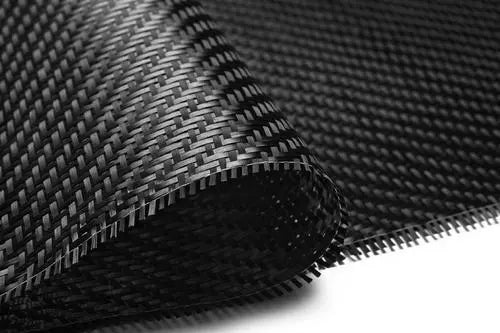
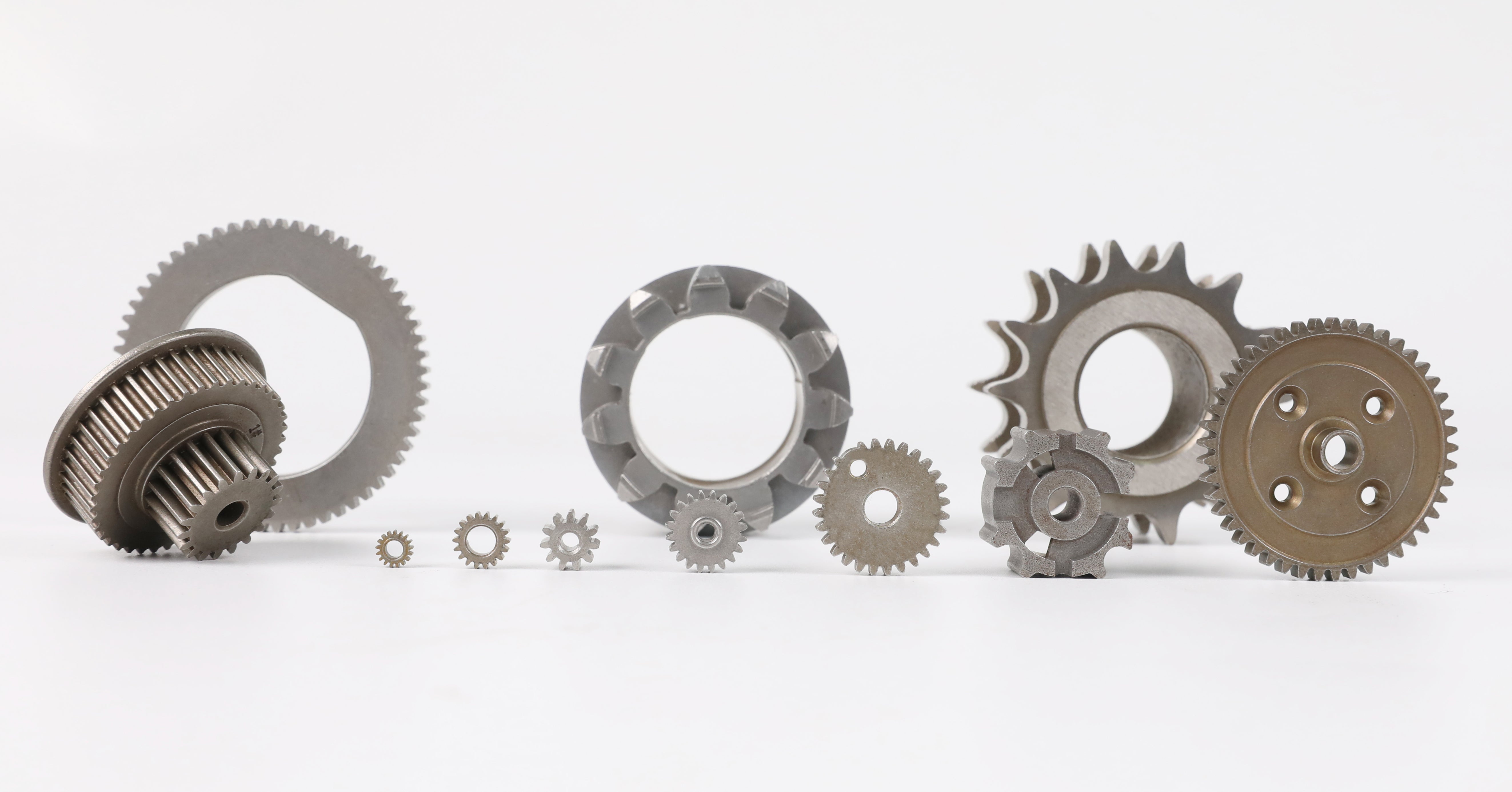




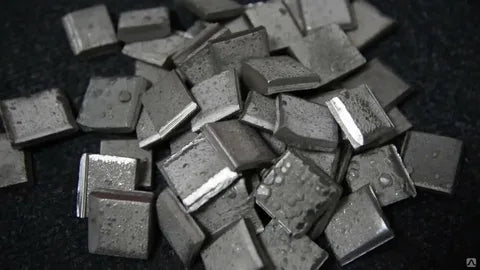
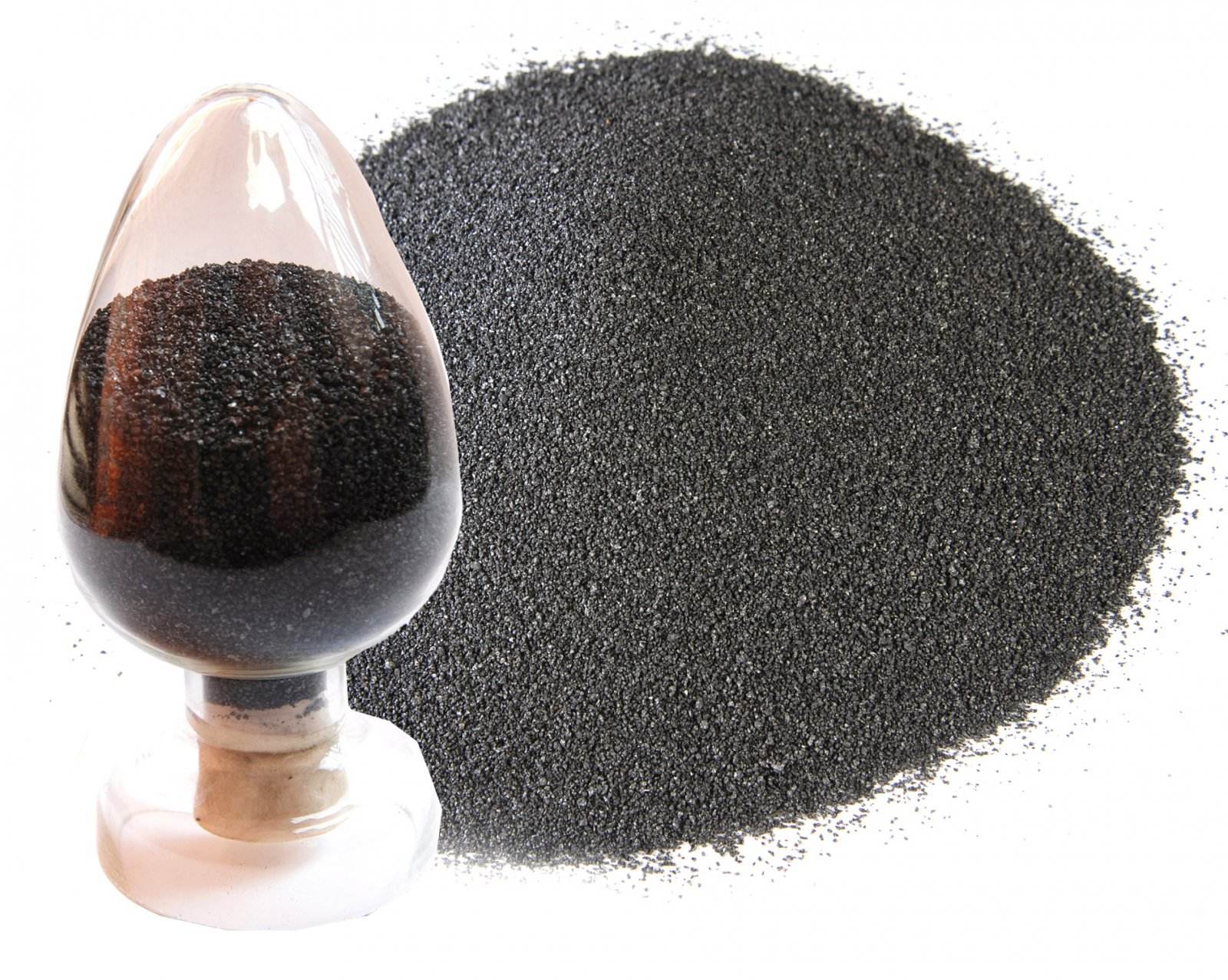

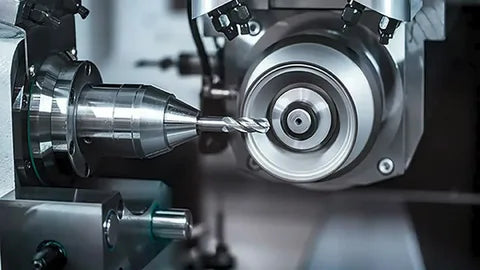



Share:
Carbide Vacuum Sintering Technology
Sizing in Powder Metallurgy: Ensuring Net Shape of Parts